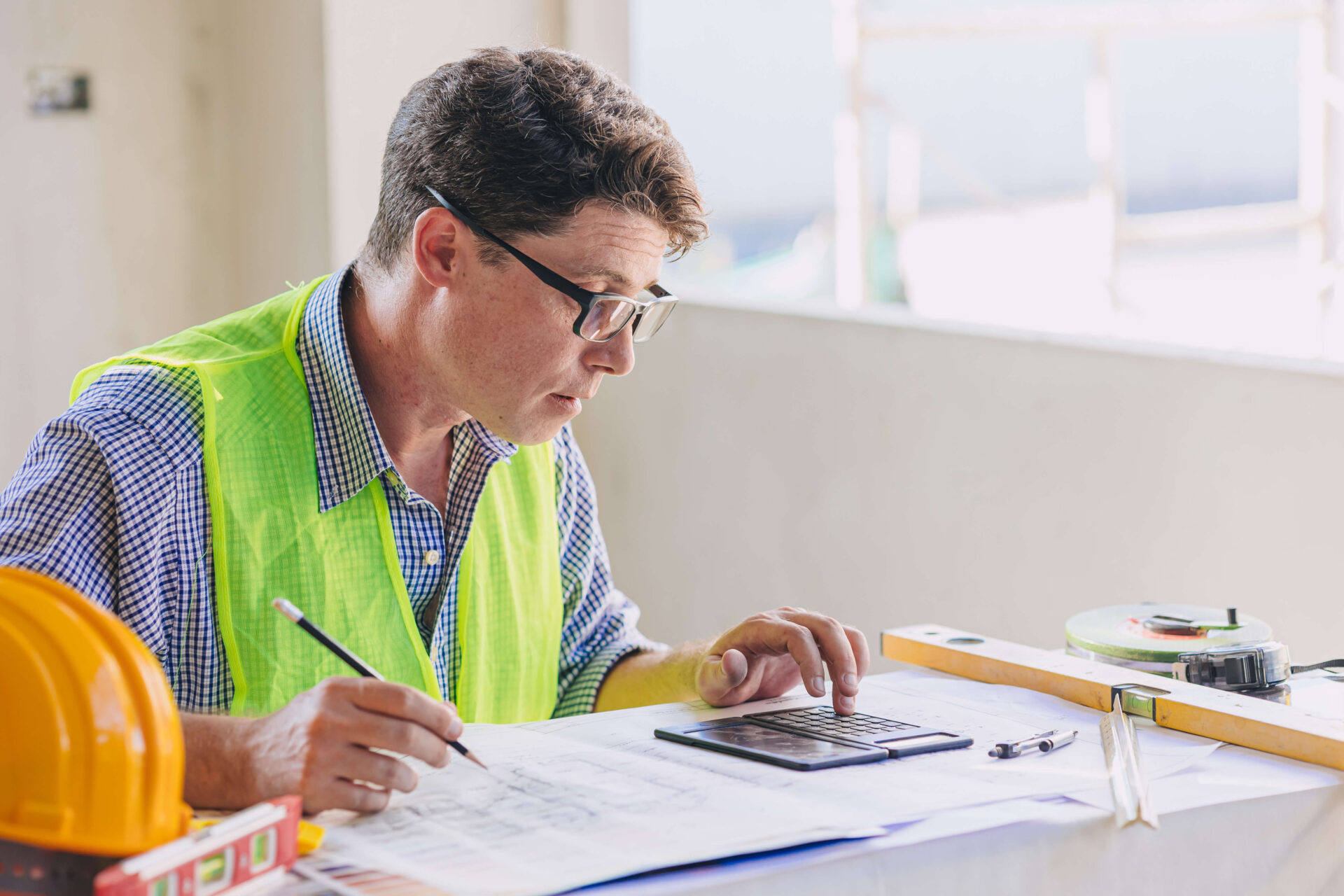Planning & Scheduling That Will Prevent Your Business From Failure
What is Maintenance Planning & Scheduling?
If you’re a maintenance practitioner, then at some point you’ve probably looked for ways to improve your maintenance reliability. There may be various solutions listed online, but the first step should always be implementing an effective maintenance planning and scheduling process.
It’s not something you can go without. Especially when you’re working in a highly reactive maintenance environment. Because chances are, you’re always running around fighting fires or chasing missing parts. And if that’s the case, it can be difficult to be productive enough to implement other improvement initiatives like optimizing your preventive maintenance program or implementing defect elimination.
That’s why in this article, we’ll explore maintenance planning and scheduling, why it’s crucial for the success of your maintenance program, and the steps you need to take to implement an effective maintenance planning & scheduling process.
Benefits of Maintenance Planning & Scheduling
Typically, the average industry wrench time is around 30%. Now that’s pretty low. That means that for your average 10-hour workday, your maintenance crew is only working productively for 3 hours. While the rest of the hours are lost as “waste” doing unproductive work.
But by implementing maintenance planning & scheduling, you can reduce downtime and increase your wrench time to 45%. Now, you might not think that increasing your maintenance productivity from 30% to 45% is a big deal. But to some organisations, that can translate to around hundreds of thousands to millions of dollars a year.
In practical terms, it means you can get 35% more work done every day, week, and month without hiring new people. Essentially, you just added an extra 35% to your workforce. And for a plant with 50 maintenance workers, this could mean an extra $1,500,000 in value per year. So, even though it might not sound like a significant improvement, it’s definitely worth celebrating.
Eliminate Waste with Maintenance Planning & Scheduling
Waste happens frequently in any business, but it is particularly common in maintenance. They may come in the form of delays, erroneous material identification, a lack of effective staff collaboration, and improper equipment isolation and shutdown time.
Planning and scheduling can significantly increase work productivity by getting rid of these inefficiencies. It can raise the quality of work, the uptime and integrity of crucial equipment, safety, and team member ownership by decreasing waste.
This resulting increase in job satisfaction and ownership are essential for fostering a culture of reliability and promoting ongoing development. Making better use of people’s time through planning and scheduling reduces frustration and makes the CMMS work for them rather than the other way around. Additionally, it reduces the need for firefighting and chasing “someone else’s emergencies,” allowing for more productive and proactive work.
Planning & Scheduling are not the same
Most organisation often confuses Planning with Scheduling, which is a common mistake. Essentially, Planning entails preparing for a job, enabling it to be done without any unnecessary delays. This requires identifying and preparing the scope of work, the procedures, materials, specialist services, and any special tools. Typically, a Maintenance Planner, who has a trade background, extensive experience, and sound technical knowledge, is responsible for planning maintenance.
In contrast, Scheduling determines who will perform which tasks and when, as well as how to group work to minimize waste like equipment downtime and travel time, balancing workload against available resources.
Simply put, maintenance Planning concerns the “WHAT” and “HOW” of a job, whereas Scheduling involves the “WHO” and “WHEN”. Another way to view this is that Planning minimizes delays during jobs, while Scheduling minimizes delays between jobs.
6 Steps to Maintenance Planning & Scheduling
The basic steps of a typical maintenance planning & scheduling process are detailed as follows:
- Create high-quality work requests by identifying and prioritizing tasks with a standard for good work.
- Plan maintenance by identifying all required resources, materials, and services to create a work pack with job scope, safety considerations, and access requirements.
- Schedule work by grouping tasks in an optimized, coordinated sequence in a weekly schedule with available hours and prioritized, “Ready for Execution” work.
- Execute work by providing resources and materials, performing maintenance, and updating progress and work status.
- Monitor progress and performance by tracking schedule compliance, safety, and equipment condition, and adjust the schedule as needed.
- Improve the process by conducting regular reviews, implementing improvements, and communicating successes and failures to stakeholders.
- If you want to learn how to implement this process in greater detail, then you can read this article: How to implement Maintenance Planning & Scheduling.
Final Thoughts
Maintenance planning and scheduling is essential for the success of a maintenance program. It can reduce downtime, increase wrench time by at least 35%, eliminate waste, and increase work productivity.
It is especially important to implement it in highly reactive organisations. Because without it, it can be extremely difficult to implement other improvement initiatives like optimizing your preventive maintenance program or implementing defect elimination.
Planning and Scheduling are essential for fostering a culture of reliability and promoting continuous development. They involve preparing for a job, identifying and preparing the scope of work, the procedures, materials, specialist services, and any special tools. A Maintenance Planner is responsible for planning maintenance, while Scheduling determines who will perform which tasks and when.
The basic steps of a maintenance planning & scheduling process are detailed as follows: create high-quality work requests, plan maintenance, schedule work, execute work, monitor progress and performance, improve the process, and communicate successes and failures to stakeholders.







